Complete guide to peace lily care
Keep your peace lily looking effortlessly elegant, whether you’re an experienced plant parent or new kid on the block
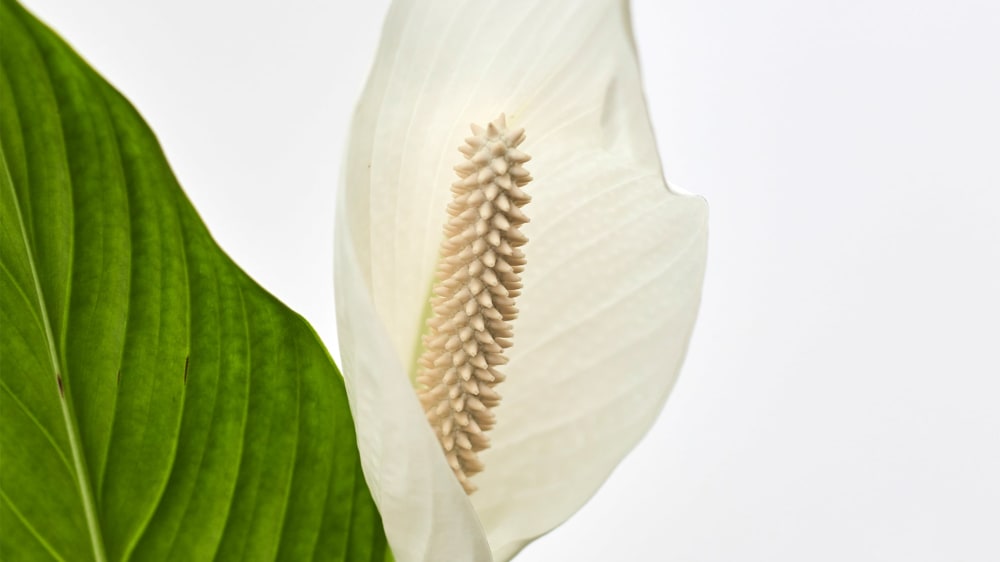
Your peace lily will look radiant and loved if you follow our top tips for success. Keep those flower sails hoisted high by distancing that watering can and limiting those UV rays.
Top tips for success with peace lilies:
- Lightly water when the top inch of soil feels dry
- They’ll handle most light levels, but prefer indirect light
- If you’re at a comfortable temperature, they will be too
- Keep your peace lily hydrated in light, steamy bathrooms and kitchens
- Repot in spring using houseplant compost
- Keep leaves fresh by wiping with a damp cloth
- Feed with liquid fertiliser a couple of times in spring and summer
About peace lilies
We call our peace lily Pippa, but she’s also known as spathiphyllum or white sails. Peace lilies are identifiable by their green foliage and white-sheathed flowers. Held high above the leaves like tiny white flags, the white-hooded flowers of a peace lily have been compared to this iconic symbol of surrender.
Most at home on the ground of the South American rainforest, peace lilies receive constant drips of rainwater and dappled sunlight through the canopies above. Their natural environment sounds like an idyllic spa sanctuary, if you ask us.
Peace lilies are toxic to pets and small children, so it may be best to keep her out of reach of tiny fingers or paws.
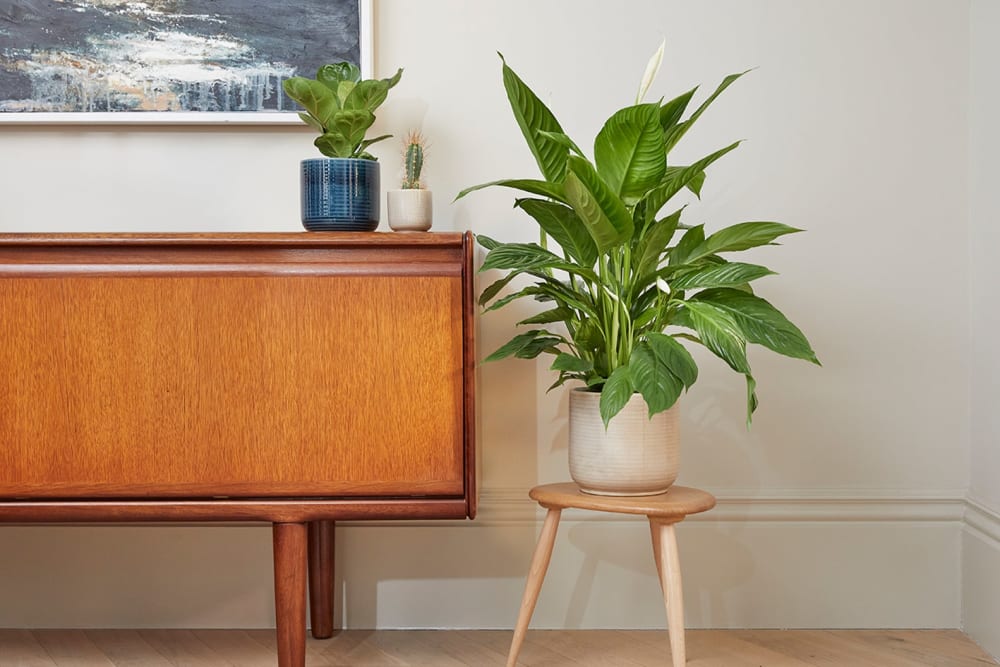
Are peace lilies easy to care for?
Peace lilies can deal with dry soil, so don’t worry if you forget to water yours every now and then.
Your peace lily will survive in most light conditions, but a good amount of indirect light will ensure that your peace lily keeps throwing up those beautiful white-capped flowers.
Peace lilies love humidity, so mist yours every few days or keep her in a humid room, like a kitchen or bathroom. Alternatively, pop her near other plants. As a group, they’ll create their own microclimate - that’s smart.
How often should I water my peace lily?
Water sparingly with purified water when the top two inches of soil feel dry. Tap water can be harmful to peace lilies, so it’s best to use rainwater. Try leaving an empty bottle outside your window to catch raindrops for her.
What are the best light conditions for my peace lily?
East-facing windows are perfect for peace lilies because they provide moderate light without burning their leaves. If this is tricky in your home then just find Pippa a spot in indirect light, away from the scorching rays of the sun.
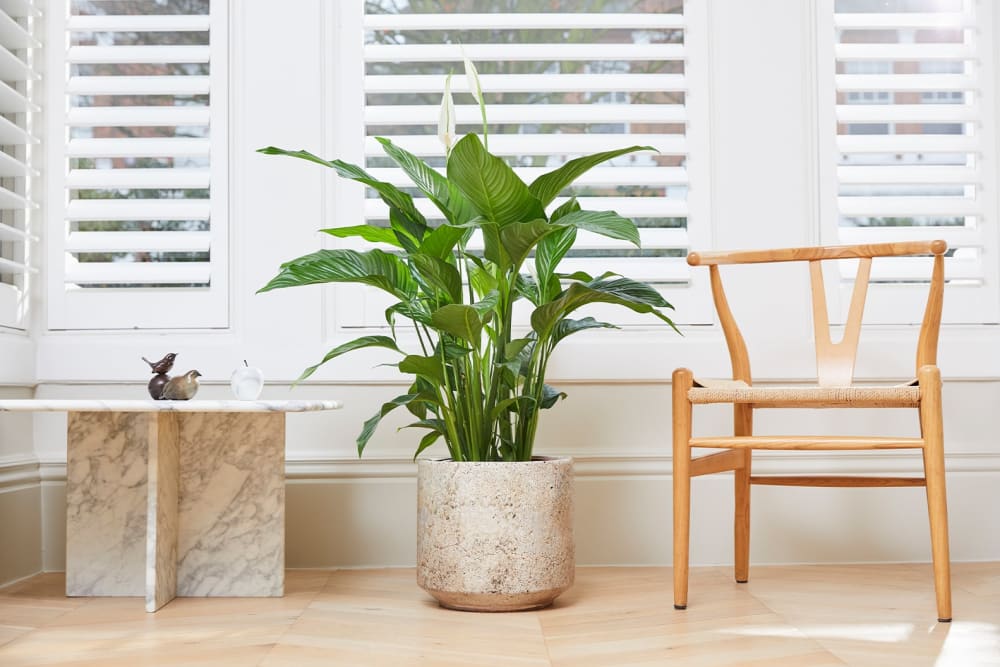
What temperature does my peace lily prefer?
Wild peace lilies thrive in the tropical rainforest, so your houseplant will largely be comfortable if you are, around 16-21°C. Keep your plant clear of warm radiators and cool drafts, or she may wilt.
When should I repot my peace lily?
Repot your peace lily in spring if the roots begin to reach through the holes at the bottom of the plastic nursery pot. Choose another plastic pot 1-2 sizes bigger (about 2-5cm) to give her room to grow. Peace lilies can be split into multiple plants by dividing the clump, making sure each new plant has some good strong roots to grow from. Pippa may take some time to adjust to her new home, so don’t panic if she stops flowering for a while. Read more about propagation here.
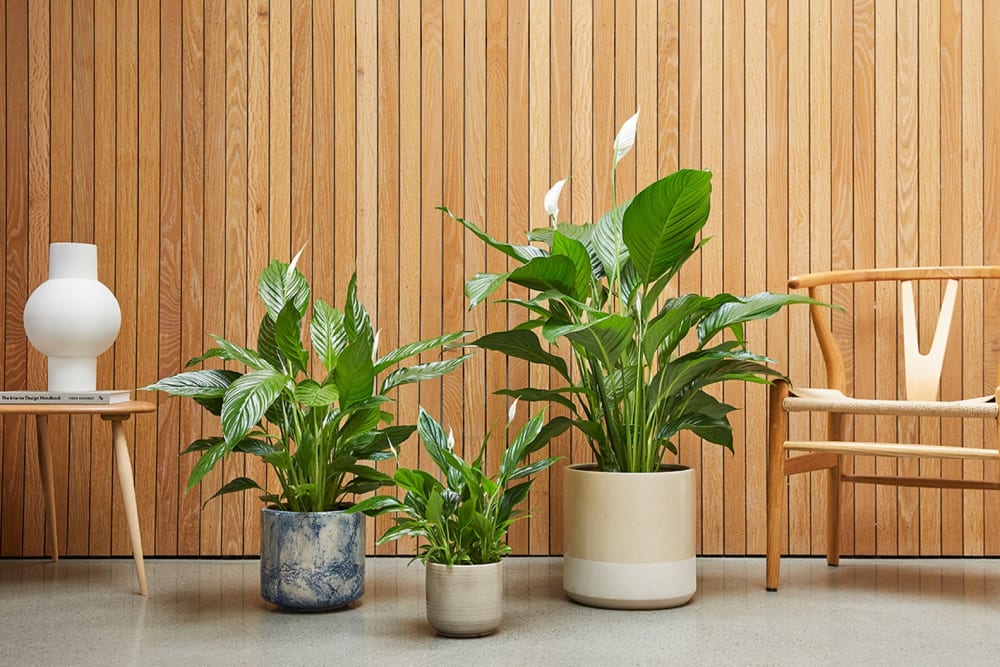
Is there anything else that I should know?
There’s no need to worry about fertilising your peace lily too much. Add some liquid fertiliser to your watering very occasionally over spring and summer. This should provide just enough nutrients to give Pippa a little boost.
Wiping your peace lily’s leaves is all the TLC she needs to stay glossy. Keep her healthy and dust free by using a damp cloth to stroke her foliage clean or give Pippa a gentle shower to keep her shining.
In this article
Rewild your inbox
Plant tips. Special offers. No spam.
You might like
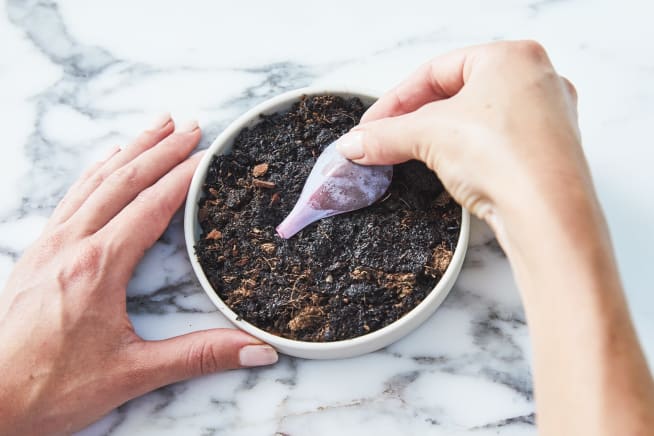
How to propagate houseplants
Making new plants is simple and fun
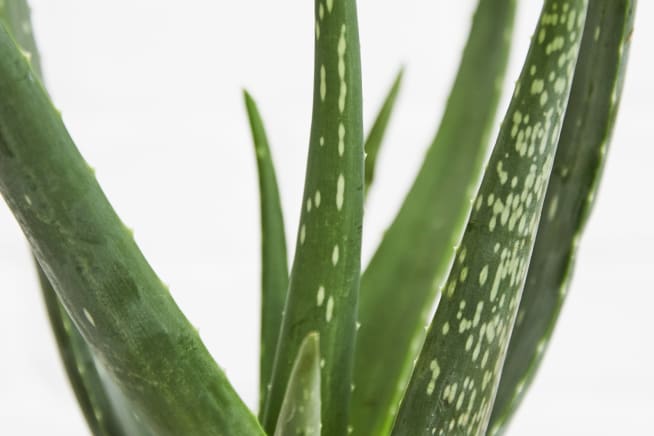
Complete guide to aloe vera care
Forgot to water? You’ll be forgiven

How to grow chillies
Spice up your favourite dishes by growing your own fiery chillies.